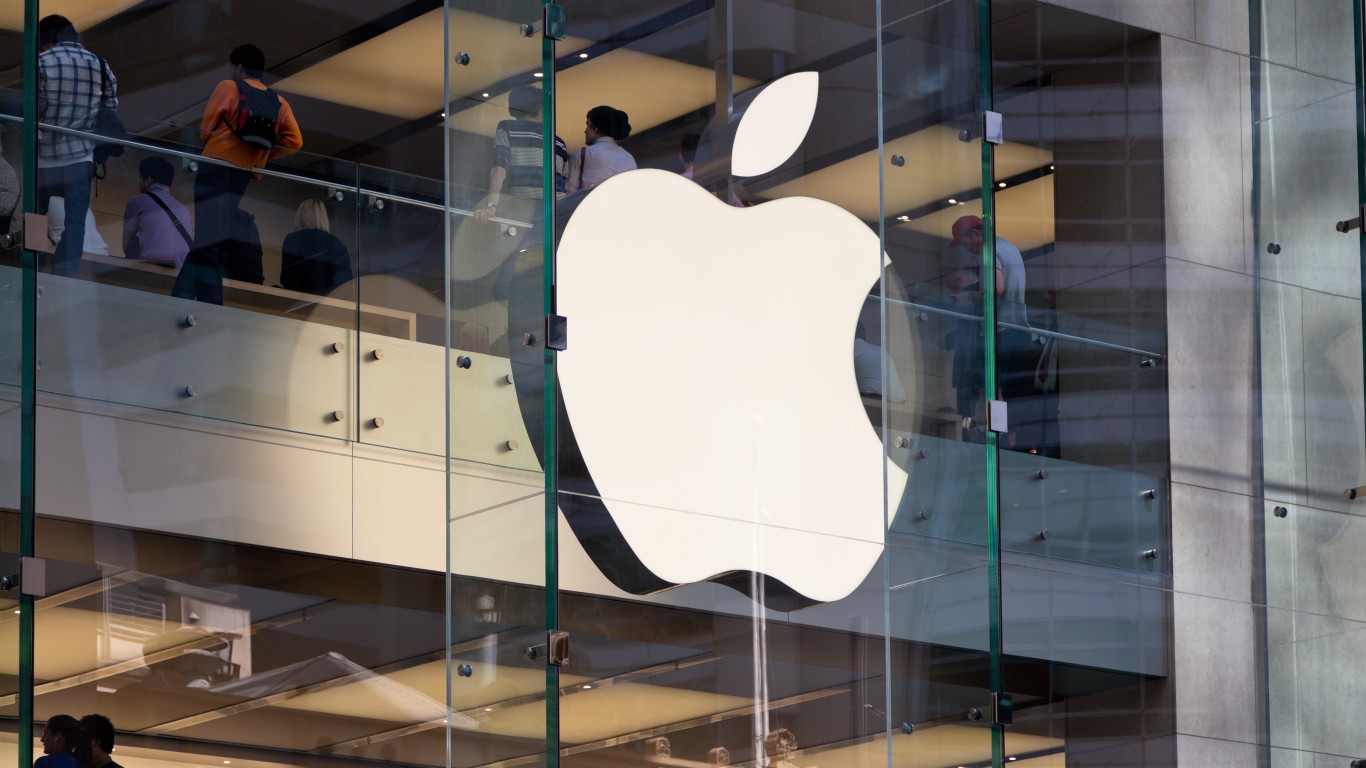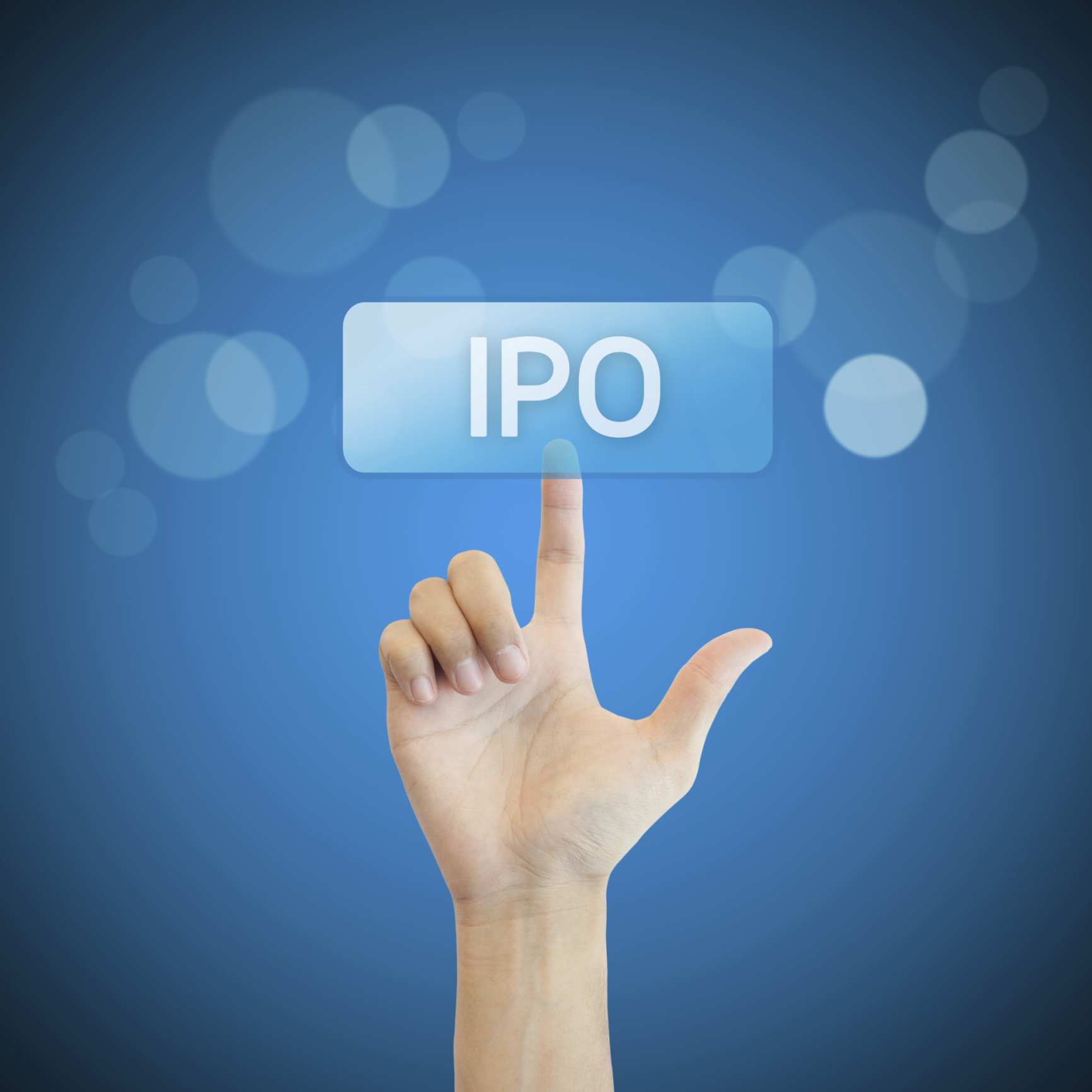
By Kashif, Investment Analyst at PrivCo, a private company financial intelligence platform
While several factors are involved in a company’s decision to file for an IPO in 2017, the main reasons we cited were were investor demand for liquidity or desperation for capital. Below are our top 10, in no particular order.

Los Angeles, CA
2014 Revenue: $4,000,000
2015 Revenue: $59,000,000
Total Funding: $3,151,000,000
Latest valuation: $20,000,000,000
Rumored valuation at IPO: $25,000,000,000
We can’t say we were surprised, but in the middle of writing this, Snap confidentially filed for what may be the biggest tech IPO in years. The company behind the popular ephemeral messaging app Snapchat is, at once, a social network, a media company, an advertising platform, and camera/hardware company.
Wall Street, and every startup looking to go public, need Snap to be successful. It’s the bellwether for 2017.
The company is nimble and constantly adding new features to keep users engaged, which number over 150mn daily active users globally, and just 60mn in the U.S. and Canada alone. Most of these are millennials, a gold mine for advertisers. Notably, Snap just surpassed Twitter in monthly average users (MAU).
Regardless, the model remains challenging, even if advertisers are lining up to pay $750K for a day of sponsored ads or lenses in the app. Snap faces higher user acquisition costs, costly R&D, limited user attention, complaints from marketers that the cost isn’t worth it for sub-Fortune 100 companies, and an upside that might be capped because the very nature of the Snapchat platform limits the amount of advertising and content users can see.
And then there’s the pressure from an anxious crowd of investors who really don’t have any other exit options left.
Even with Snap projecting $300mn-350mn (some reports bring it above that) in 2016 revenues at a 400% y/y growth rate, it amounts to over a 70x multiple, while Facebook trades at 10x. Investors have to believe that user and engagement growth, as well as more effective monetization strategies, will help it catch up to these unreal figures–but even with $1bn in revenue projected in 2017, there’s still a very, very long road ahead.
Good luck, Snap–the fate of the IPO market depends on you.

San Francisco, CA
2014 Revenue: $500,000,000
2015 Revenue: $1,500,000,000
Total Funding: $13,000,000,000
Latest Valuation: $68,000,000,000
What keeps Uber from being on the top of this list of likely IPO candidates is CEO Travis Kalanick’s insistence that the company go public “as late as possible”, according to an interview with CNBC earlier this year. It’s a bold move. As the largest startup in terms of revenue and valuation, the king of unicorns must contend with substantial losses, high multiples, and the fact that the market hasn’t seen an IPO of a company this big since Facebook. And we all know how that turned out, at least for the first year–the stock remained below its IPO price for well over a year–and that was for a company that was actually making a lot of money already.
With $-1.2bn EBITDA in 1H16 alone, a revenue multiple of ~44x (TTM), a $3.4bn debt financing round from Saudi investors, high subsidies still being used to attract customers (acquisition costs are appropriately getting higher), substantial competition from competitors in the ride-sharing, autonomous car, and autonomous freight space, one could argue that it is already in a little too deep. That’s before you get into the legal hurdles that Uber has been facing in various states and countries due to traditional cab industries, the independent contractor/employee distinction, and even the security of passengers.
Being the first mover is tough. Uber’s investors need an exit and an IPO is the only option remaining. As the company steps up its autonomous passenger car and freight truck aspirations, its higher burn rate will need to be met with more funding. As much as Kalanick has procrastinated on taking his company public, come next year, he probably won’t have a choice.
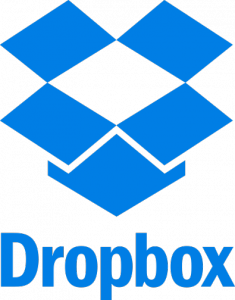
San Francisco, CA
2014 Revenue: $360,000,000
2015 Revenue: $558,000,000
Total Funding: $1,107,000,000
Last Round: April 2014
Latest Valuation: $9,400,000,000
It always seems to be do-or-die for the once-pioneering Y Combinator-backed storage startup. With the commoditization of cloud storage and stiff competition from more fully-featured enterprise and consumer-facing cloud suites like Google, Microsoft, Amazon, and Box, Dropbox’s core business is constantly threatened. Even after nine years, the company could just end up being a one-trick pony.
Fortunately, revenue growth appears to be accelerating, at least through 2015 and halfway through 2016. The company just exceeded half a billion accounts in mid-2016 (though probably not all unique), having added 100mn users/year for the past several years. But with just 150k paying business customers out of 8mn businesses employing enterprise Dropbox (2% conversion), there is still plenty of room to grow in order to maintain that hockey stick trajectory.
At 9x 2015 revenues, Dropbox is actually on the lower end of the spectrum of crazy startup multiples, although Box is trading at 6.5x. With a long history of consistently good growth, multiples that appear more “down-to-earth” than some peers, and a more urgent need for cash (its last raise was early 2014), Dropbox is fit for an IPO–but it will need to try harder to stand out from the stiff competition.
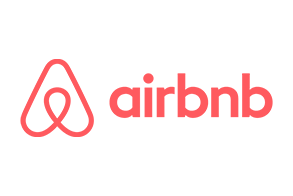
San Francisco, CA
2014 Revenue: $425,000,000
2015 Revenue: $900,000,000
2016 Revenue (est.): $1,600,000,000
Total Funding: $1,107,000,000
Latest Valuation: $30,000,000,000
Illegal subletting, taxes, rental caps, security, and discrimination are just some of the legal issues facing this short-term rental marketplace, which employs the biggest startup lobby team next to Uber. The company has been accused of contributing to affordable housing shortages in prime urban areas and its legal bills are sky high, but despite crackdowns in places like NYC and SF, Airbnb continues to flourish across the globe.
At 19x 2016E revenues, Airbnb is an expensive bet, but with ~80% revenue growth and bookings up 70% between 2015-16, it makes the price easier to swallow. Moreover, despite the relative simplicity and high margins of its business model compared to other sharing economy services, Airbnb has been lucky to face little competition at scale.
A recent private funding round in Sept. 2016 may give Airbnb some additional runway, and one of its leading VCs commented that a 2017 IPO was too premature given that it’s still in a hyper-growth stage with too many regulatory hurdles. But a proper IPO requires optimal market timing, not just good timing for the company. Our forecasts point to a limited window in which a $30bn tech company can successfully IPO, and with that window quickly closing, 2017 might be the year for Airbnb.

Norwich, NY
2014 Revenue: $1,325,000,000
2015 Revenue: $1,575,000,000
Rumored valuation at IPO: $5,000,000,000+
With an $800,000 loan from the Small Business Administration, Turkish immigrant Hamdi Ulukaya created a $1.5bn/yr yogurt empire with 20% U.S. market share–and it was all his. But the company scaled too quickly and Chobani ran into cash flow issues in 2014, forcing it to seek a $750mn loan from PE firm TPG Capital at onerous rates and an alleged 35% potential stake in the company.
Rapid growth has been a double-edged sword for Chobani, and its accompanying pressures signal an impending IPO. The company’s expansion and daily operations appear to need more working capital, and require better financial terms, than can be provided by a debt sale–especially with rates set to rise over the next year. Last month, Bloomberg reported that the company was seeking another debt sale to pay down the TPG loan and other credit lines. Ulukaya also distributed 10% of the company’s shares to employees as a generous thank you package, which were all immediately vested. Around the same time, the company hired a new CFO who indicated that an IPO was possible in a 1-5 year time frame.
The confluence of these factors make it an important company to watch for in the coming year.

New York, NY
2014 Revenue: $500,000,000
2015 Revenue: $915,000,000
Total Funding: $730,000,000
Latest Valuation: $4,400,000,000
The media business is, for the most part, a zero-sum game. There’s only so much content and advertising that users can consume in their cluttered digital lives, and we hit that limit years ago. New media companies like Vice Media are vying for a bigger slice of millennials’ attention through edgy and age- and culture-appropriate topics, and so far, it’s winning. But Vice knows that in order to have faster growth in an expanding market, it needs global ambitions and a horde of cash.
If Vice goes public, it would be the biggest media IPO in recent history. It already owns 11 brands including Vice.com and Motherboard, and continues to acquire more. Global expansion plans would require a great deal of investment in both content as well as marketing to young audiences who have only ever known American media to be Hollywood, CNN, and lately, YouTube or Facebook. CEO Shane Smith said he recently met with several bankers to talk strategy–it might be because Vice needs to tap the public markets to be the media company he envisions.

San Francisco, CA
2014 Revenue: $40,000,000
2015 Revenue: $115,000,000
Total Funding: $1,400,000,000
Latest Valuation: $4,000,000,000
Rumored valuation at IPO: $30,000,000,000
This direct student lending startup seeks to disrupt the risk management process more than anything, with enough data and analytics to abandon FICO scores altogether in its credit assessments. SoFi supplements its student loan refinancing business by cross-selling mortgage and personal debt products, and most recently, low-cost ETFs. As it scales, it has turned into a highly-regulated business with scrutiny from banking regulators and capitalization issues to boot. Accepting deposits would turn it into a full-fledged bank, and reports indicate that might be on the horizon.
The $30bn valuation was a figure the company gave in a recent interview, but appears incredibly lofty and overly ambitious at 300x 2015 revenues. The $4bn valuation was from its most recent round. SoFi has been profitable for two years and has refinanced over $9bn in loans as of 1H16. It aims to refinance $10bn in 2016. All that requires significant capital, but without deposits or a giant credit facility, and with the Fed set to make borrowing more expensive next month, an IPO seems more timely and necessary than ever.

Beijing, China
2014 Revenue: $11,970,000,000
2015 Revenue: $12,500,000,000
Total Funding: $1,450,000,000
Latest Valuation: $41,300,000,000
Anyone who heard founder Lei Jun’s 2010 comment that he expects Xiaomi to take 15 years to earn the public trust it needs to go public (approx. in the year 2025) would wonder why it’s on a list for next year’s IPO candidates. A lot has happened since: technological progress making connected devices both ubiquitous and cheap, saturation of smartphones in most Western and many developing markets, a recession with lasting global impact, interest rates forced to hover at 0%, a bigger global appetite for cheaper electronics, the evolution of the Android platform, Apple’s continued dominance in smartphones, and the need to expand beyond China’s flooded smartphone market in the perpetual quest for returns.
The so-called “Apple of China” is often derided as an imitator, but its ambitious plans have taken it into televisions, speakers, smartwatches, and a slew of other connected devices that Apple will likely never touch. But Xiaomi’s $12.5bn revenues in 2015–just 5 years from its founding–is almost entirely from its line of budget-to-premium smartphones, which is an increasingly competitive market with slimming margins. Despite that wrench, the company’s valuation is now second only to Uber.
In 2016, Xiaomi attempted to penetrate the U.S. market in an environment of declining global smartphone shipments, and the company has been losing market share. Competitor LeEco, also Chinese, ran into cash troubles after underestimating the hyper-competitiveness in the United States, where everyone already owns 10 smartphones. The most recent margin numbers we could obtain showed 2% operating margin in 2013. The increase in volume could paint a much rosier picture in 2017 however.
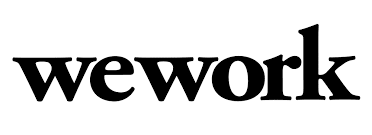
New York, NY
2014 Revenue: $75,000,000
2015 Revenue: $250,000,000
2016 Revenue (est.): $530,000,000
Total Funding: $1,700,000,000
Latest Valuation: $16,900,000,000
WeWork is growing because its shared office space model exploits structural shifts in employment, cultural changes in work attitudes due to the recession, poorer millennials, and consequently, the new “sharing economy” in which ownership has become economically disadvantageous. WeLive is the company’s residential analog and is set to expand as well.
Recent leaks of fundraising documents show the company has aggressive plans for office expansion (from 128 offices today to 300+ globally) and equally ambitious earnings projections. Much of its operating costs are due to its underlying leases. The company’s been criticized for its sky-high valuation that likens it more to a tech company than a real estate management company, at 30x TTM revenue in the most recent round.
But record low interest rates have created a massive commercial and residential real estate glut in many cities that will eventually reduce rents, allowing long term leaseholders like WeWork to negotiate more favorable terms on its properties. Moreover, large corporations are increasingly using co-working spaces instead of dropping seven figures on leases and now constitute 15% of WeWork’s available seats, and that number is growing quickly. This could make all the difference, especially in a downturn.
Further expansion will require the company to plunk down on leases at better rates, but because WeWork probably won’t get further private funding, it will have little choice next year but to brave the public markets for more capital.
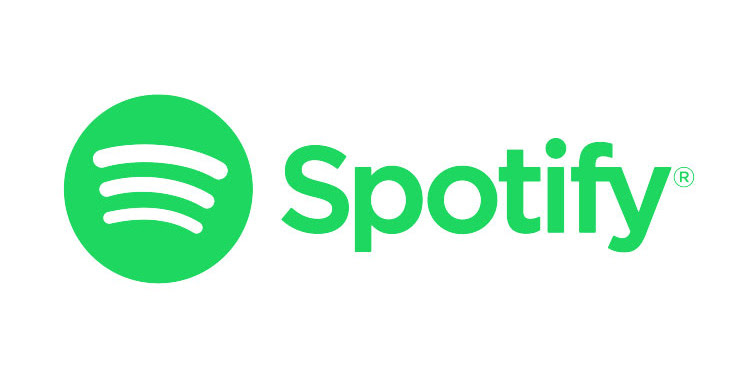
London, UK
2014 Revenue: $1,440,000,000
2015 Revenue: $2,160,000,000
Total Funding: $2,060,000,000
Expected valuation at IPO: $8,500,000,000
Spotify has been growing revenues but finishing the year in the red for five years now in the music business’ race to the bottom. The story is the same: artists get paid less while customers pay a few bucks a month to indulge themselves on an all-you-can-eat music culture, but it’s subsidized by investor money. And the competition between unlimited streaming platforms is getting fiercer–even Amazon jumped deeper into the fray this week, offering its Prime customers a similar service for up to 6 people, one-upping Spotify’s limit of 5.
Spotify’s high licensing costs have been its biggest burden, forcing it to raise a $1bn convertible note earlier this year with an onerous option to convert at a 20% discount on a future IPO–and that discount increases over time. Interestingly, this debt round was led by TPG Capital, the same financial engineers behind the Chobani bailout scheme above.
While 50% y/y revenue growth is great after so many years in operation, R&D spending is incredibly high and Spotify probably won’t be able to shave much from the cost of the music licenses, making a 2017 IPO likely and necessary.
Special to 24/7 Wall St. From PrivCo
The #1 Thing to Do Before You Claim Social Security (Sponsor)
Choosing the right (or wrong) time to claim Social Security can dramatically change your retirement. So, before making one of the biggest decisions of your financial life, it’s a smart idea to get an extra set of eyes on your complete financial situation.
A financial advisor can help you decide the right Social Security option for you and your family. Finding a qualified financial advisor doesn’t have to be hard. SmartAsset’s free tool matches you with up to three financial advisors who serve your area, and you can interview your advisor matches at no cost to decide which one is right for you.
Click here to match with up to 3 financial pros who would be excited to help you optimize your Social Security outcomes.
Have questions about retirement or personal finance? Email us at [email protected]!
By emailing your questions to 24/7 Wall St., you agree to have them published anonymously on a673b.bigscoots-temp.com.
By submitting your story, you understand and agree that we may use your story, or versions of it, in all media and platforms, including via third parties.
Thank you for reading! Have some feedback for us?
Contact the 24/7 Wall St. editorial team.
